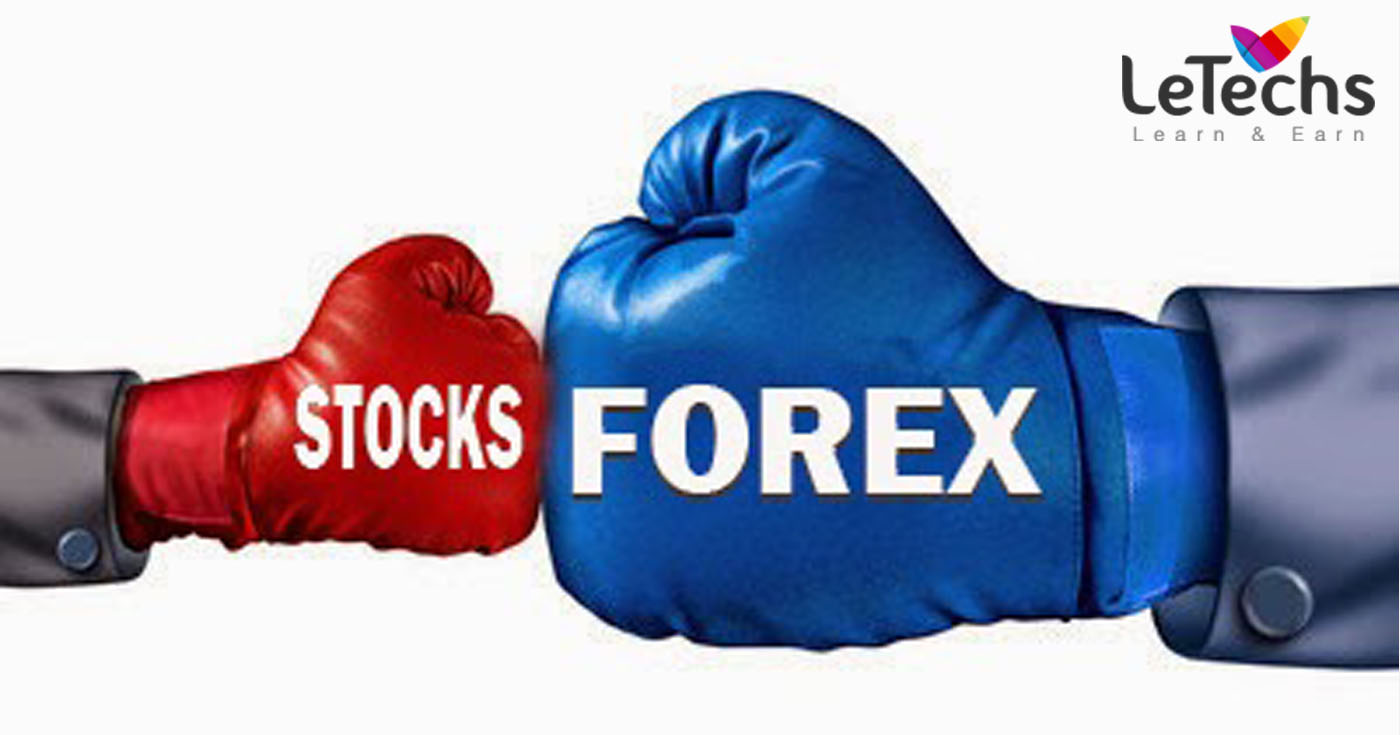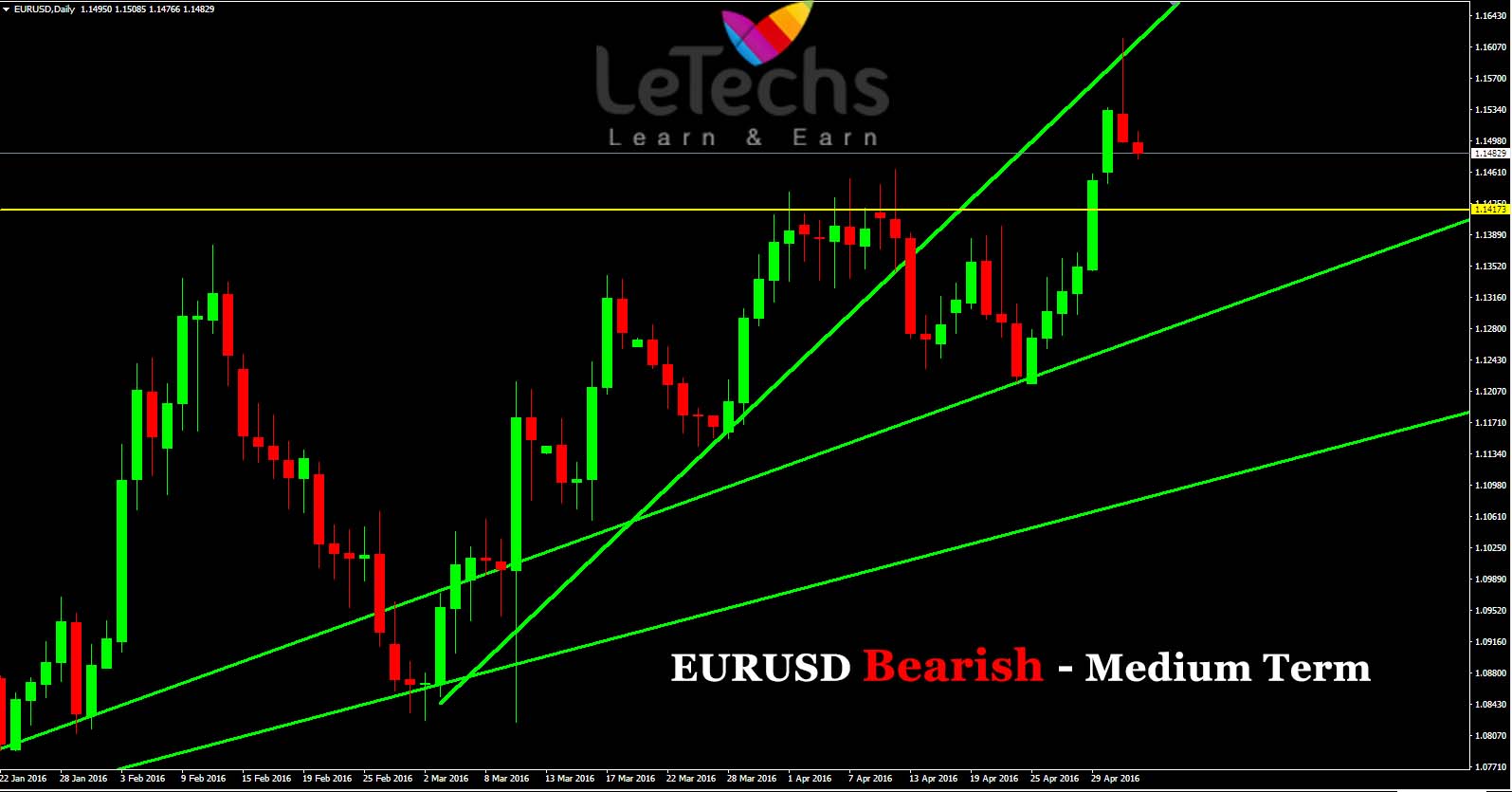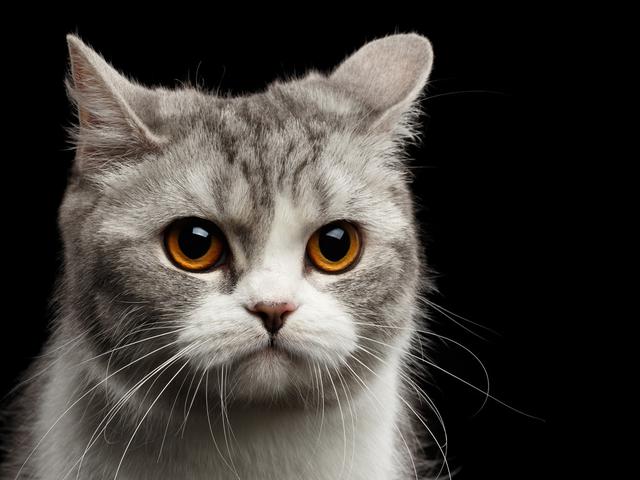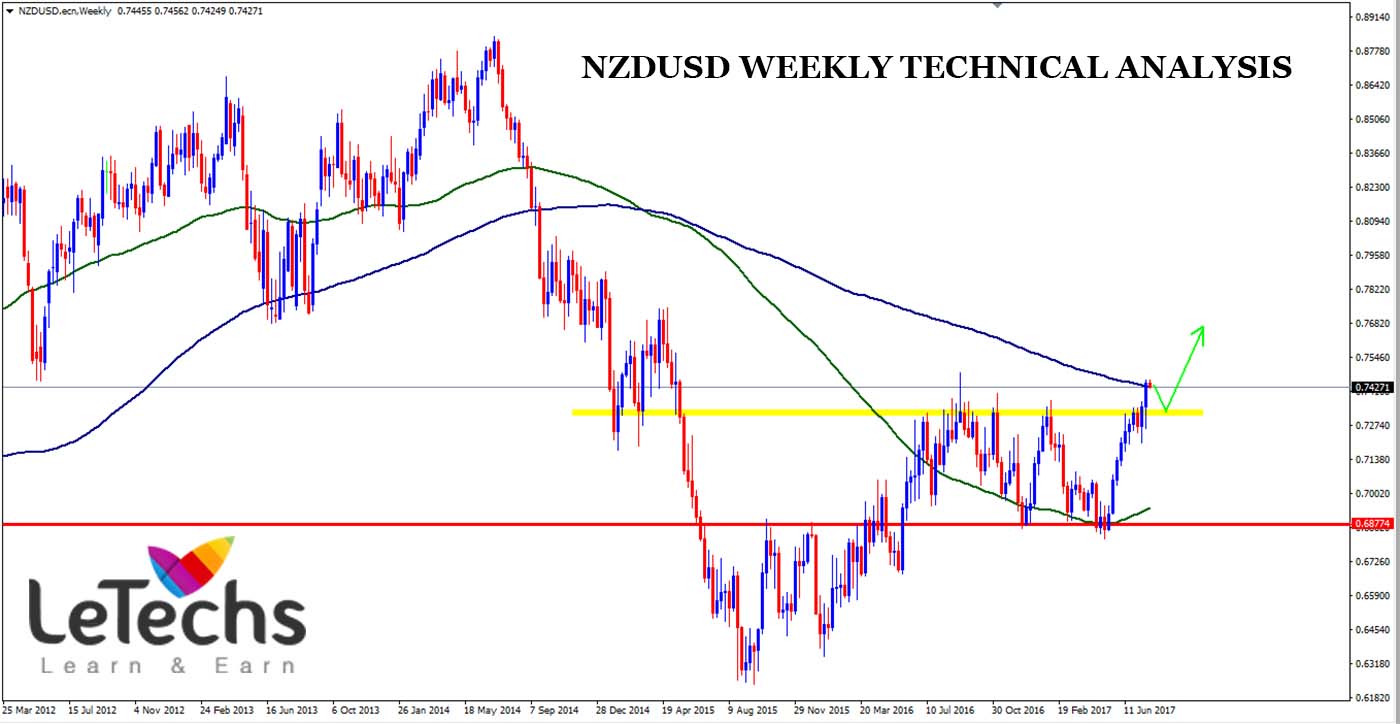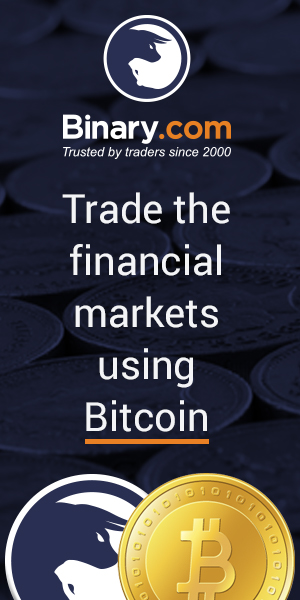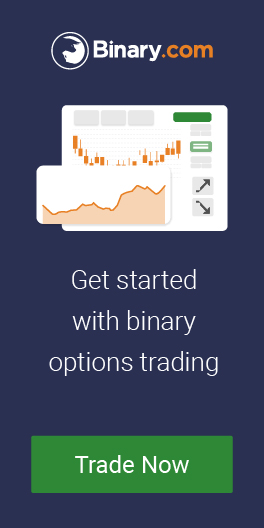10
Sep
The first thing every trader should learn understanding the candlesticks. But the trained trader should also never forget the importance of candlesticks’. For the reason sometimes, when you have to number out what’s about to appear with a convinced pair and all other indicators fail, it’s the essential of reading candlesticks that can recover your trading day.
But even when you’re unknown, reading candlestick patterns well lets you figure out the actual trend quickly and can save your trading time in the long run. So, blind of your level of trading experience, there are 3 candlesticks every trader should learn before trading.
-
Hammer Candlestick
-
Doji Candlestick
-
Engulfing Candlestick
Hammer Candlestick
A hammer candlestick, as its name offers, it has a hammer shape form, with the opening & closing price comparatively close, and the lower shade or upper shade, if it's a reversal hammer candlesticks, are considerably long.
A hammer sign is a change of momentum. If we check the bullish hammer, we can identify the candlestick’s closing price considerably lower than the highest point. That advised that selling pressure has been so solid that it pushed for a close that is the path under the high; or else, the sellers have the upper hand. & conversely for a bullish hammer where the momentum is placed to turn bullish from bearish.
Figure that every hammer type has a stronger version which advises the change in momentum will be much stronger. If the market is the bullish trend and the next candlestick is a hammer, where the closing level is not only much lower than the highest level for the candlestick but lower than the opening, then it looks a much solid change in momentum.
However, the greatest element in assessing the strength of the bounce back to follow is the shade. The length shade of the candlestick related to the rest of the candlestick, the stronger modify in momentum anticipated.
But on the different side, cautious if the shade is relatively short; the change in momentum might be deceptive.
Doji Candlestick
A Doji candlestick is a Japanese candlestick pattern where the opening price and the closing price are so nearly they almost coordinate. There are so much different of the Doji candlestick, but these 3 doji are the most exceptional.
The Standard Doji
The standard Doji candlestick is related to the general definition above, with the opening and closing levels are almost same and the two candles are sticking out. A standard Doji describes a delay between the buyers and the sellers at the opening or closing price. When it comes after a positive trend, up or down, it suggests n interval, and might imply either a restoration of the trend or a momentum change in trend. But that’s bare. Correlated to the other two, the standard Doji has comparably short shade on both sides and that advise a weaker momentum.
Long Legged Doji
The most interesting Doji candlestick maybe is this one. Just like the standard Doji, the opening and closing levels adjust almost altogether. But dissimilar the standard Doji, the shades on both sides are much longer. It means is that, just like the standard Doji, there is a delay between the sellers and the buyers at the opening or closing price. Still, unlike the standard Doji, the long shades signify high uncertainty around the impasse area. It looks once the impasse is broken, we can expect a blowout of momentum for the reason uncertainty is very high.
Dragonfly Doji
Considerably an exotic name for this candlestick type is a bit ambiguous. With a long low shadow, the Dragonfly Doji tends to have the equal meaning as the preceding Long Legged Doji, even if with a weaker momentum. As a result of, diversely, it would be a hammer with a closing level is higher than the opening level. The Gravestone Doji is a reversal of Dragonfly Doji, with the equal meaning as bearish hammers and so only worth this short description.
Engulfing Candlestick
The engulfing candlestick absolutely lives up to its brand. It can occur in 2 forms a bullish engulfing candlestick & a bearish engulfing candlestick.
A bullish candlestick will have either a low opening price than the closing of the last candlestick or the equal price as the last candlestick closing price but a lower low. Although, more significantly the closing price of the bullish engulfing candle is a much higher high level. The bearish engulfing candlestick is the identical mirror of the bullish engulfing candlestick.
As an engulfing candlestick, a signal is the start of a strong trend. Whether Bearish or bullish, when you confrontation an engulfing candlestick you should expect a solid move which can be favorable for momentum traders hunting to ride a solid trend but this candlestick can also be risky for those who have a position in the reversed direction.
